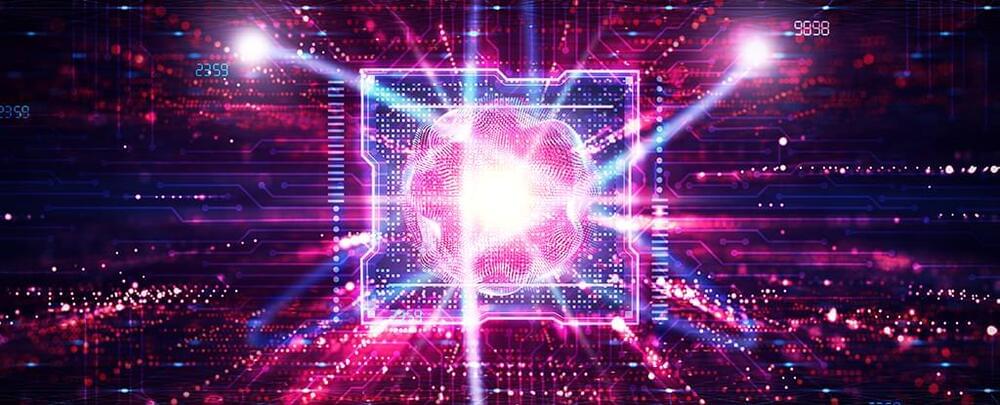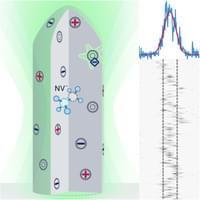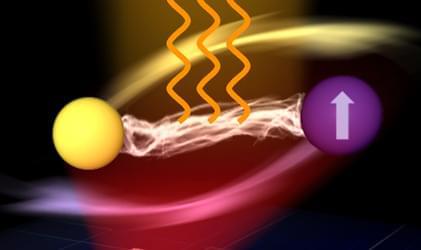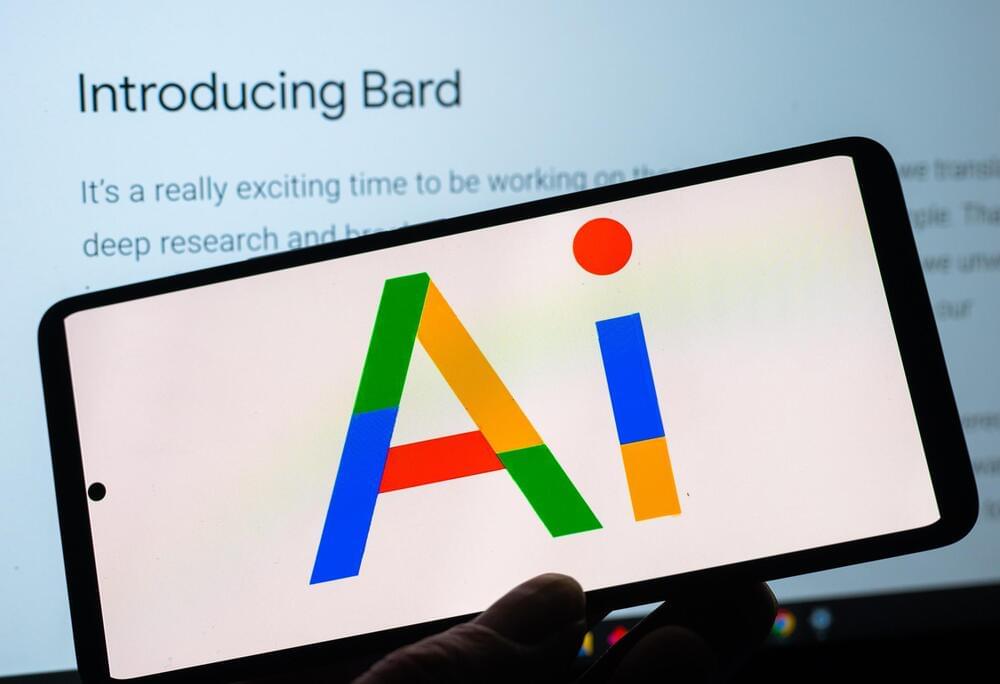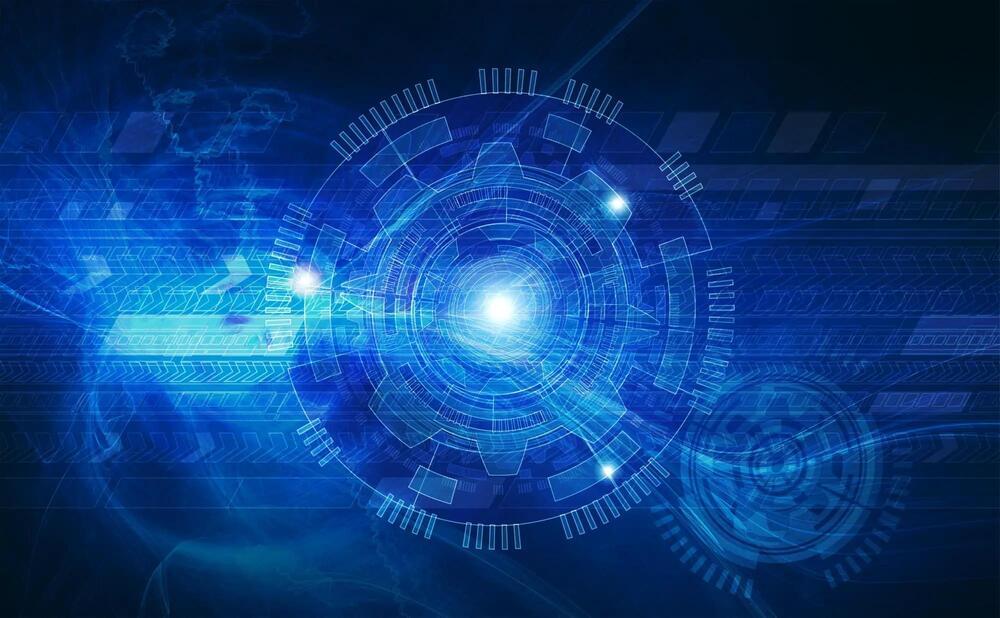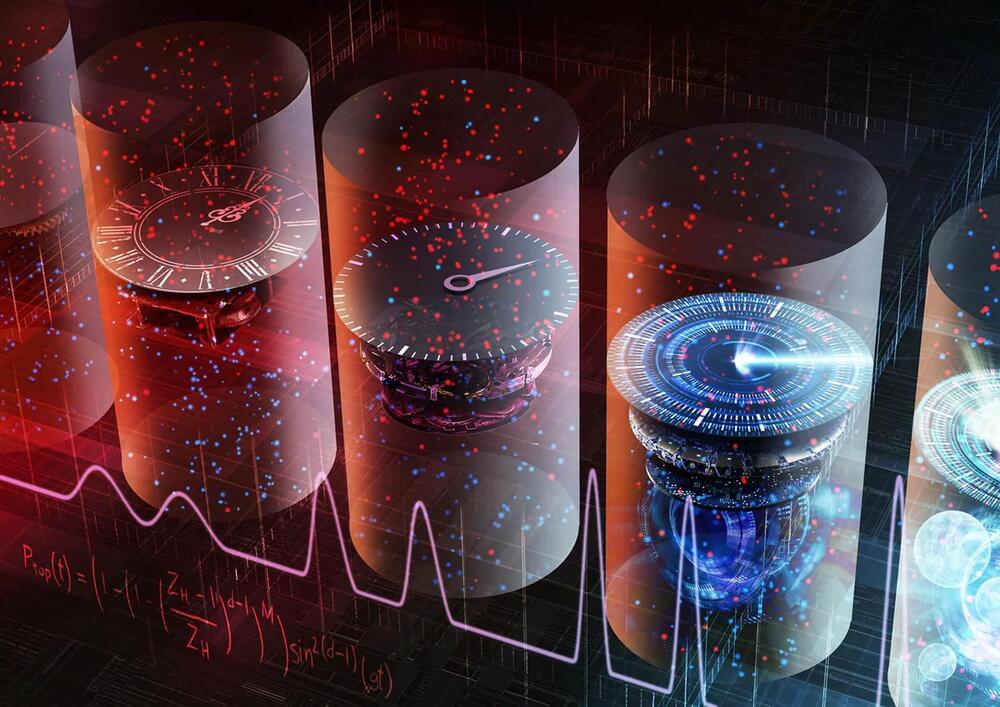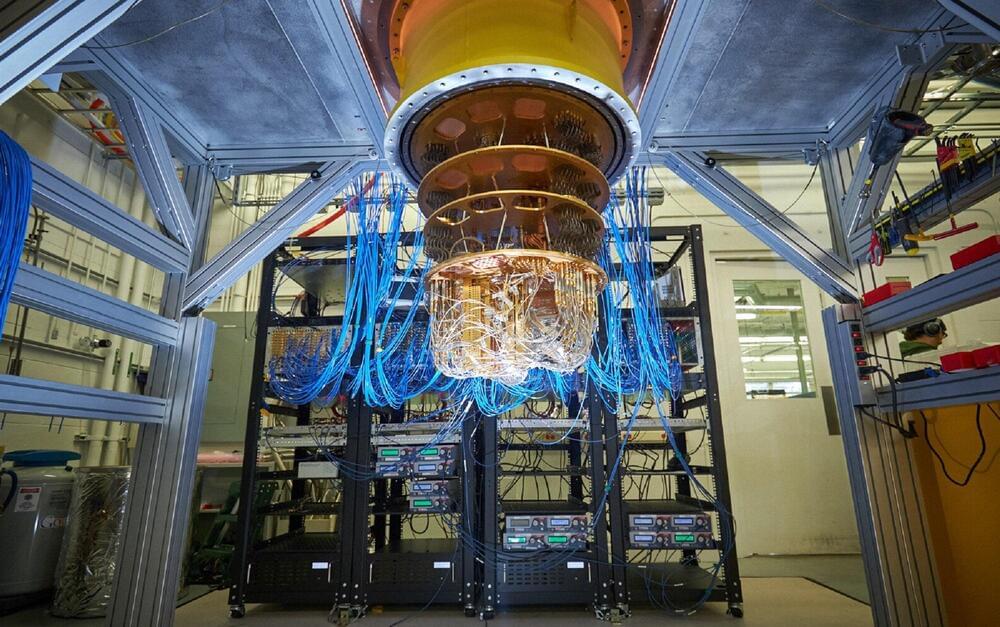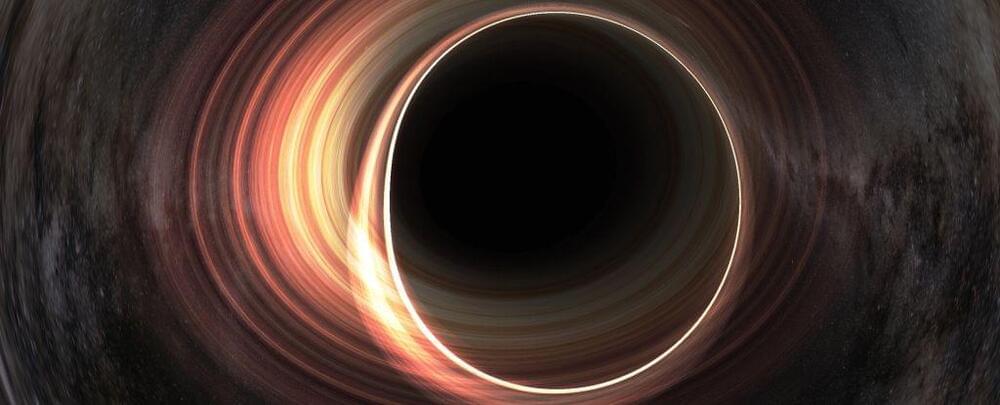Quantum computing promises to be a revolutionary tool, making short work of equations that classical computers would struggle to ever complete. Yet the workhorse of the quantum device, known as a qubit, is a delicate object prone to collapsing.
Keeping enough qubits in their ideal state long enough for computations has so far proved a challenge.
In a new experiment, scientists were able to keep a qubit in that state for twice as long as normal. Along the way, they demonstrated the practicality of quantum error correction (QEC), a process that keeps quantum information intact for longer by introducing room for redundancy and error removal.
